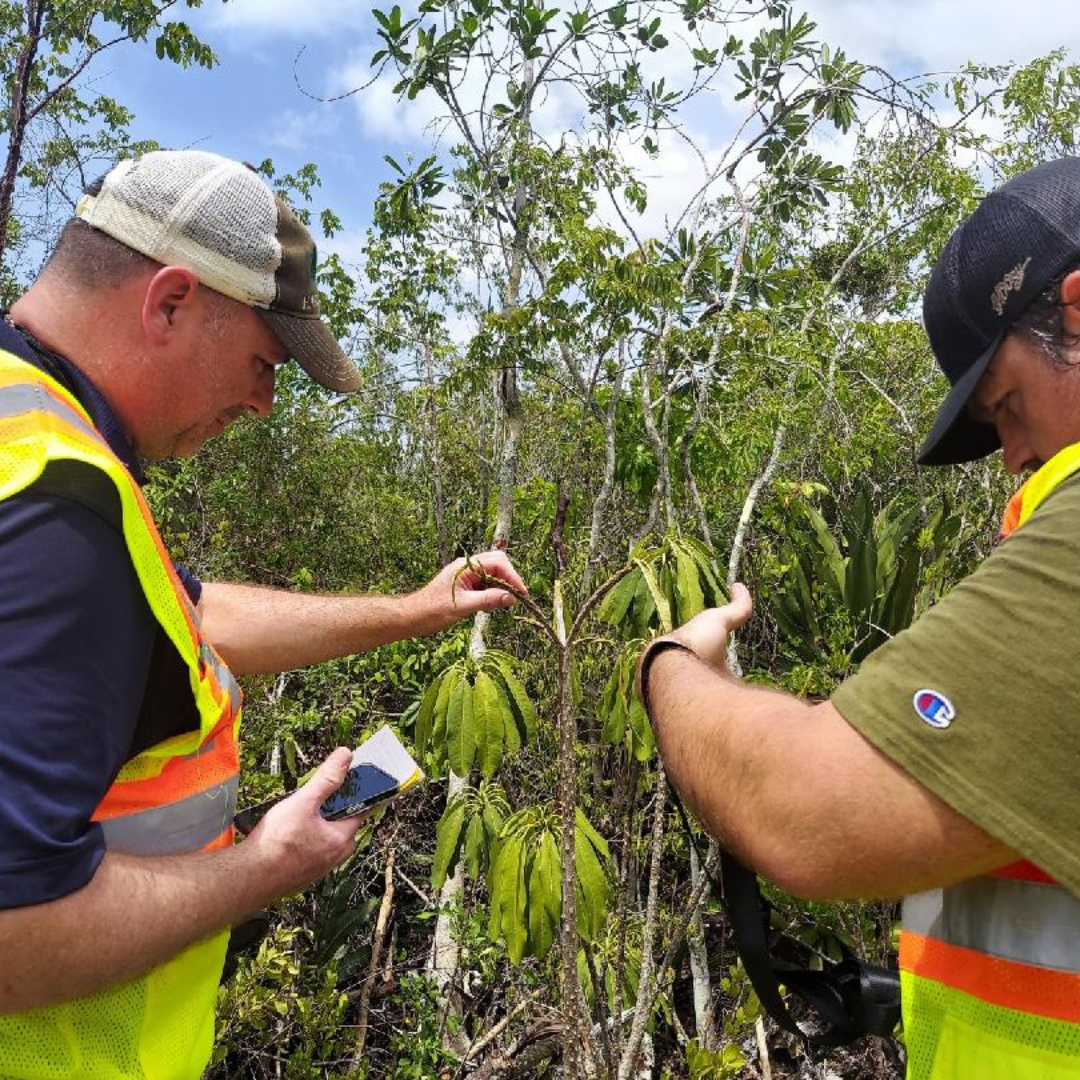Your EIA in action.
east / west arterial environmental impact assessment
Your EIA in action.
east / west arterial environmental impact assessment
The EWA is more than just a road extension. It’s the optimal solution to enhance connectivity between the eastern and western sides of our island, ensure future infrastructure needs can be met in Grand Cayman, and improve the resilience of our road infrastructure during natural disasters.
Edward Howard, Jr., MSCE, Managing Director – NRA
about the project
The East-West Arterial (EWA) extension project is the optimal solution to address the increasing traffic requirements, providing for connectivity between eastern and western sides of the island, and increasing resilience of the road infrastructure in case of natural disasters. This new roadway provides a more resilient and accessible link between Hirst Road and Frank Sound Road to benefit local travel and quality of life.
An Environmental Impact Assessment (EIA) is a multi-disciplinary scientific study that evaluates the potential effects of a proposed project. The EIA for the EWA aims to provide specific project information for decision making by the Cayman Islands Government. The areas of focus for an EIA include social, cultural, ecological, mobility, and transportation. EIAs and similar studies are used in many countries, for many types of projects in sectors as diverse as tourism, manufacturing, agriculture, transportation, and others.

-
Identification of Impacts
The EIA process begins with the identification of important environmental and social resources (receptors) associated potential impacts that may result from the proposed project. -
Alternatives Analysis
The EIA explores and presents reasonable alternatives to achieve the goals of the proposed project. -
Assessments
Once potential impacts are identified, the EIA assesses their magnitude, extent, and significance. -
Mitigation Measures
The EIA can also identify measures to mitigate or minimize adverse environmental impacts.
Why do we do EIAs and why are they important?
Protect
Preserve
Conserve
Environmental Impact Assessments (EIAs) are conducted to provide a comprehensive review of the potential effect of projects on the surrounding natural and human environments. The main purpose of an EIA is to provide decision makers with scientifically grounded information about a proposed development, potential alternatives, and likely environmental impacts resulting from the project alternatives.
